Learn the easiest ways to serve bananas for babies from the time they start solids to when they’re into toddlerhood. Get tips on banana puree, baby-led weaning bananas, which bananas cause constipation (and don’t!), and banana recipes to try.
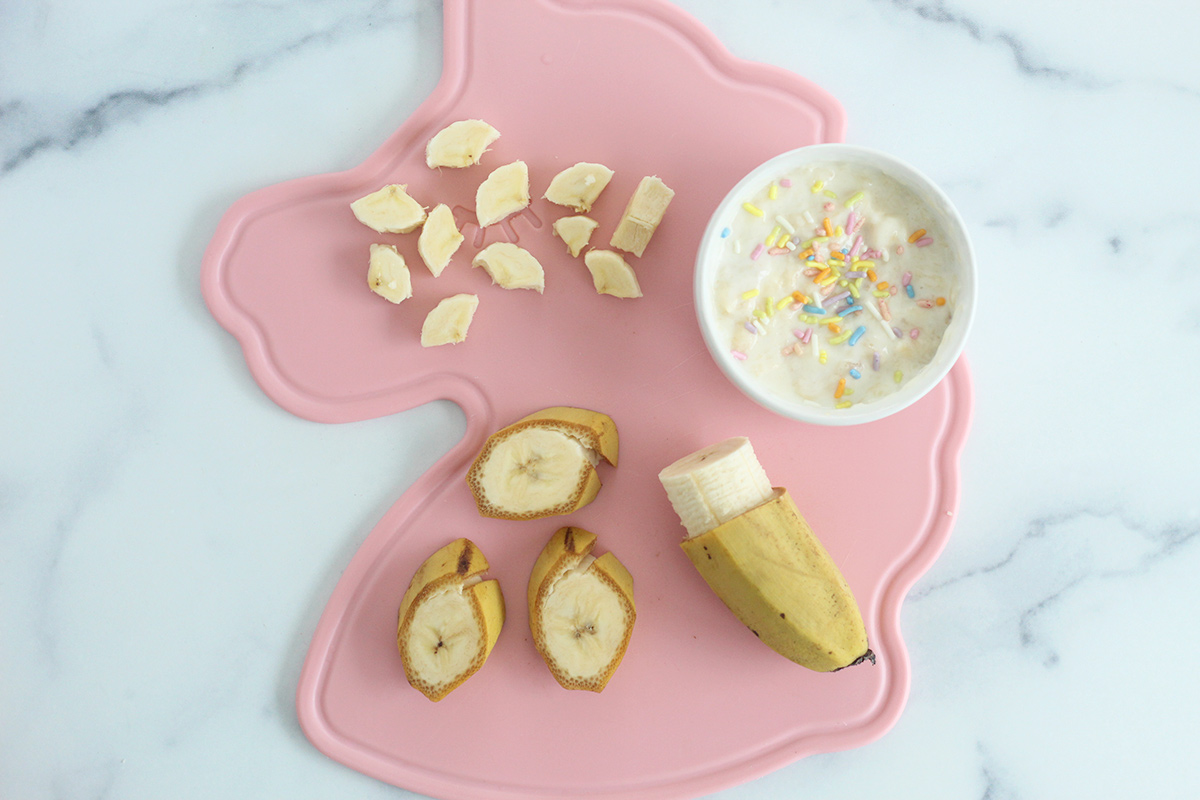
Bananas for Baby
Banana is one of those classic easy baby foods since the flavor is mellow and mild and they are so easy to prepare. There are common questions when offering them. though, so I hope to help clear up any confusion.
This post is meant to offer ideas whether you do purees or baby-led weaning, have a baby just starting solids, an older baby, or even a toddler.
Bananas are rich in potassium, Vitamin B6, fiber, Vitamin C, among other nutrients. They range in flavor and sweetness—but they are a carbohydrate that’s classified as a “resistant starch” so they cause less glucose to be released into the bloodstream. Which basically means they don’t cause quick spikes in blood sugar since they are digested slowly.
(I mention that since many are wary of bananas due to their sugar content, but we actually don’t need to worry about the natural sugars in fruits—especially not when they’re naturally paired with fiber which helps slow the rate of digestion.)
Bananas should be stored at room temperature and are best eaten when ripe. Sometime it can be hard to know when a banana is ripe, but I look for yellow fruit with just some brown dots. You or your kids may prefer riper or less ripe bananas but it’s important to know that unripe green bananas can be constipating for kids.
Bananas with more brown spots have more natural sugars and flavor, which makes them a more flavorful option to offer. We love banana as a delicious first food for baby.
You usually want to use very brown bananas for baked goods that call for bananas.
Table of Contents
- Bananas for Baby
- How to Prepare Bananas for Baby
- Banana Puree
- What to Mix with Banana Baby Food
- Banana for Baby-Led Weaning
- Bananas for 6-Month-Old
- Bananas for 9-Month-Old
- Bananas for 12+ Months
- Frequently Asked Questions
- Banana Recipes to Try
- Best Tips for Success
- Bananas for Baby (Puree, BLW, Finger Food) Recipe
Your toddler won’t eat? Help is here!
Sign up for our email updates to get tips and ideas sent to your inbox.
How to Prepare Bananas for Baby
There are a handful of ways to offer fresh bananas to baby depending on baby’s age and your comfort level with the style of feeding you’re doing. You can serve bananas to baby in the following ways:
- Banana puree
- Big piece of banana as a baby-led weaning food
- Broken or cut into small pieces as a finger food
- Mashed and stirred into oatmeal, baby cereal, yogurt, or another puree
- Baked into muffins, banana pancakes, or another baked good
- Blended into a smoothie
TIP: You may also like Apples for Baby and this guide to yogurt and babies.
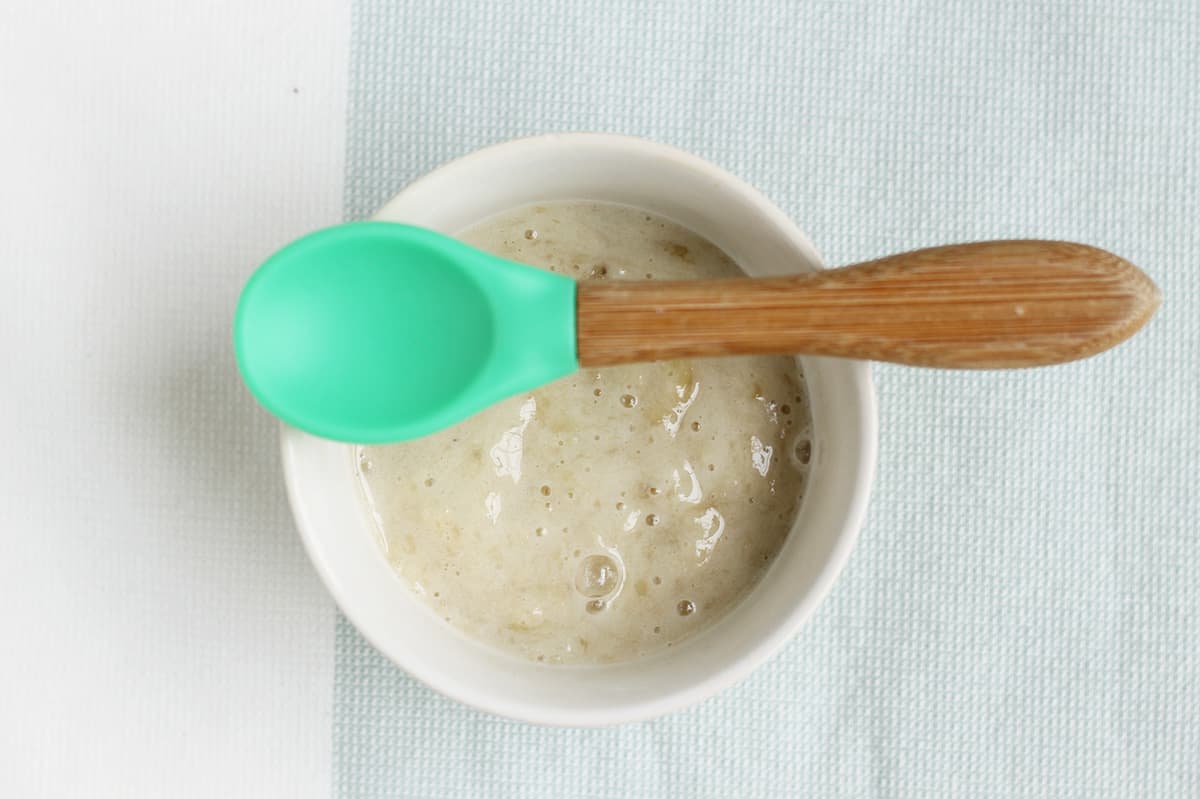
Banana Puree
Classic banana puree is made by pureeing ripe banana in a blender until very smooth. This is an easy and delicious baby food option for babies in the Stage 1 baby food phase, or typically around age 6 months. You can progressively puree it less smooth or move to mashing with a fork so baby can adjust to a thicker texture.
You can mix with formula or breastmilk, if you like, and add a dash of spice such as cinnamon or nutmeg.
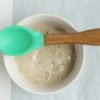
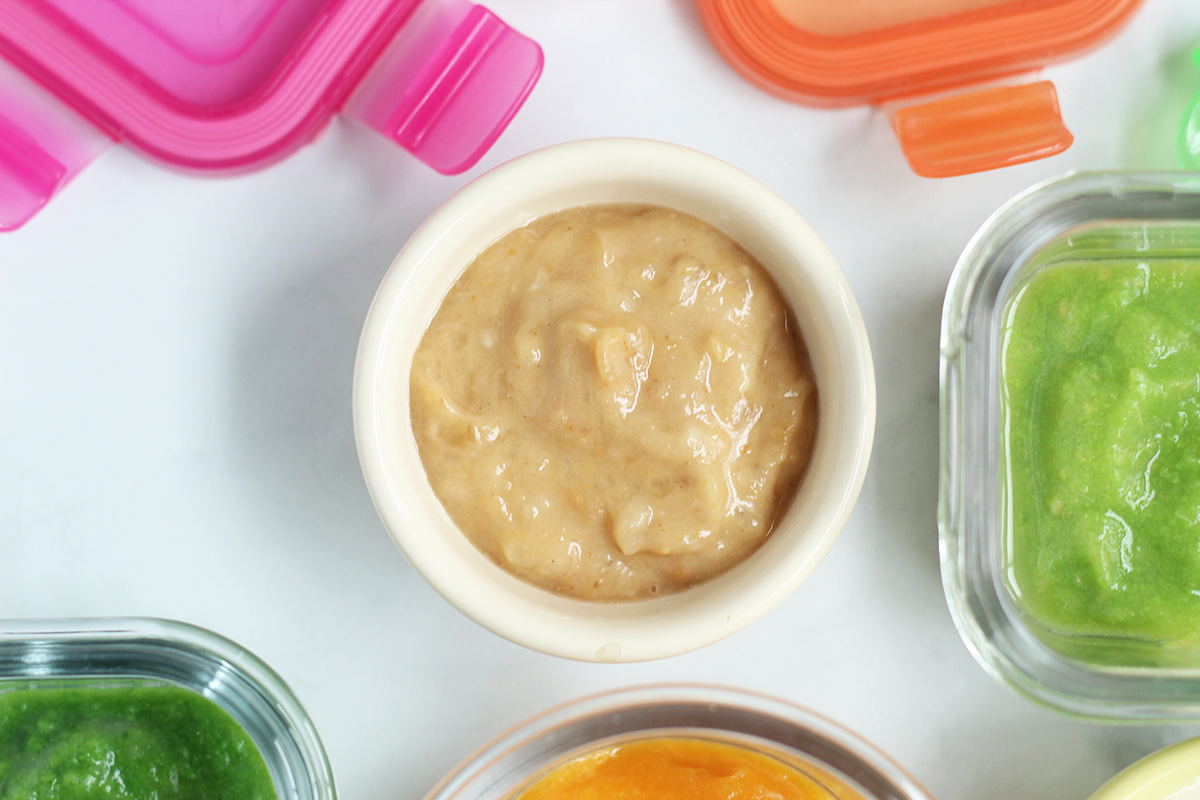
What to Mix with Banana Baby Food
You can use banana puree or mashed banana to make a wide range of baby food combinations. Some of my favorite purees and foods to mix banana with are:
- Peanut Butter Puree
- Plain whole-milk yogurt
- Baby Oatmeal
- Baby Quinoa Cereal
- Baby Rice Cereal
- Avocado Puree
- Mango Puree
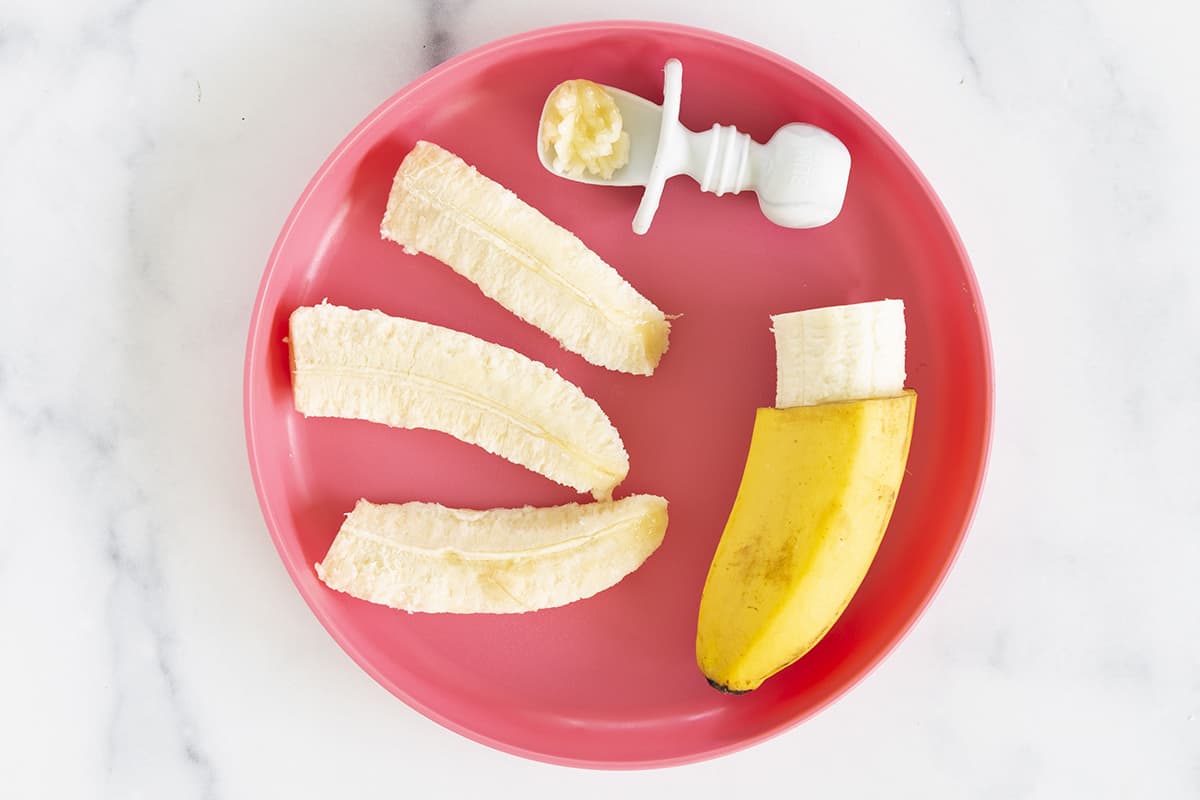
Banana for Baby-Led Weaning
Banana can be a really easy baby-led weaning food.
You can cut a banana in half, then remove about 1 inch of the peel so baby has plenty of the fruit to try without being slippery since they can hold the peel. You can also help hold it for them as needed.
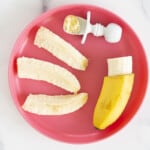
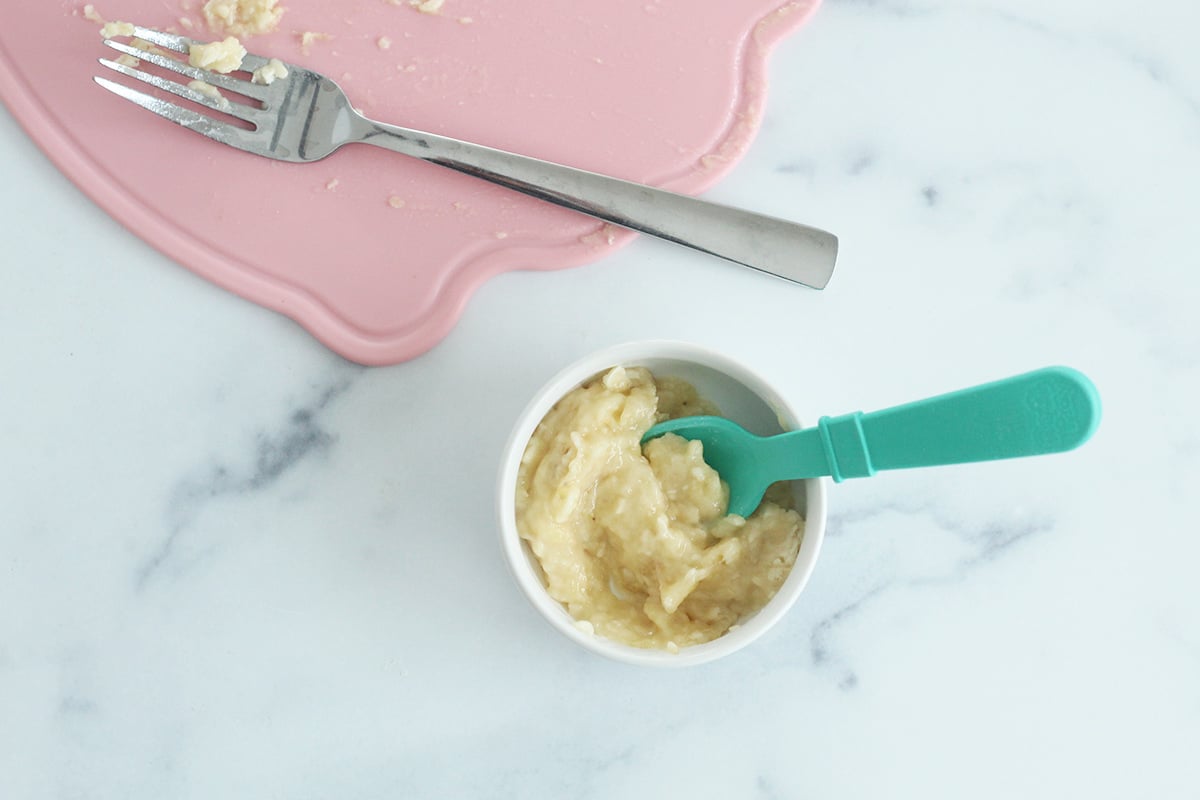
Bananas for 6-Month-Old
For a 6- to 9-month-old baby, you can offer banana as puree, mashed smooth (or mostly smooth) with a fork, or baby-led weaning style as a large piece.
You can do one option or try more than one. There’s no one right way to start solids.
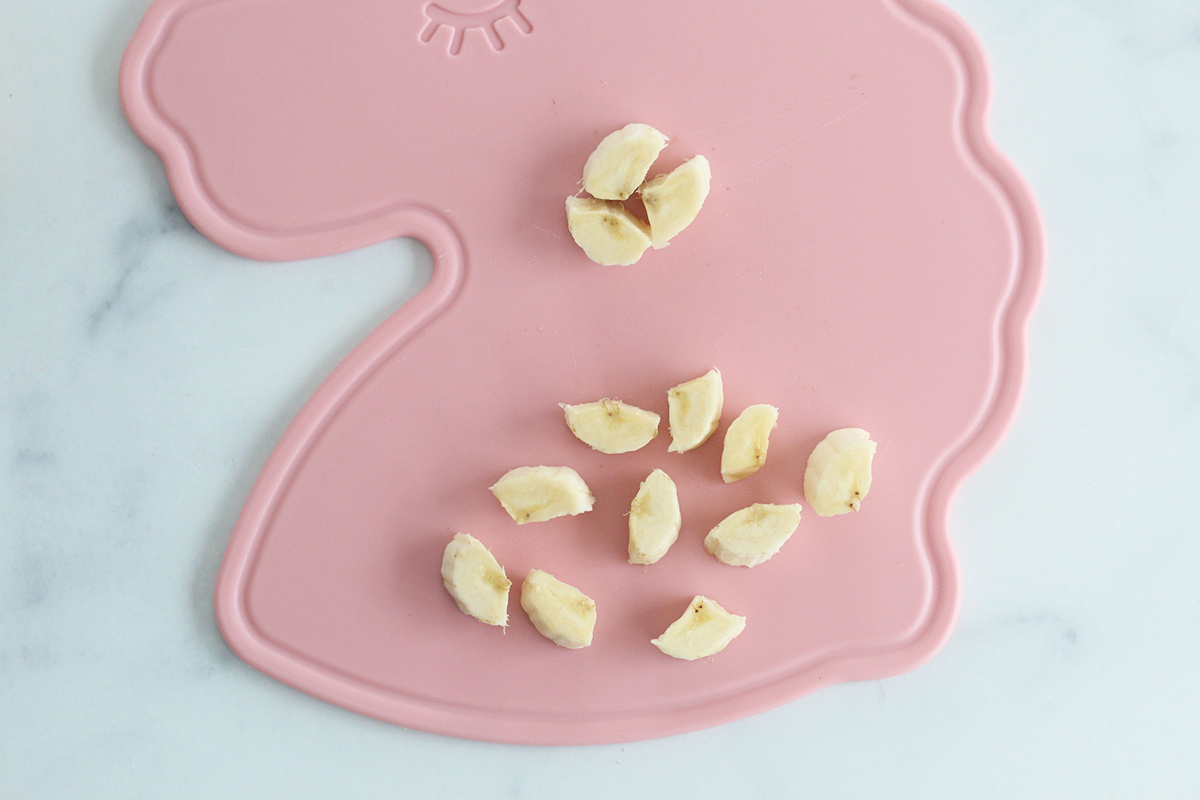
Bananas for 9-Month-Old
At 9 months old, babies can typically eat soft finger foods including bananas. You can dice them up, or try slicing, then pushing a little to break into their natural segments. This is usually less slippery for baby to pick up with their fingers.
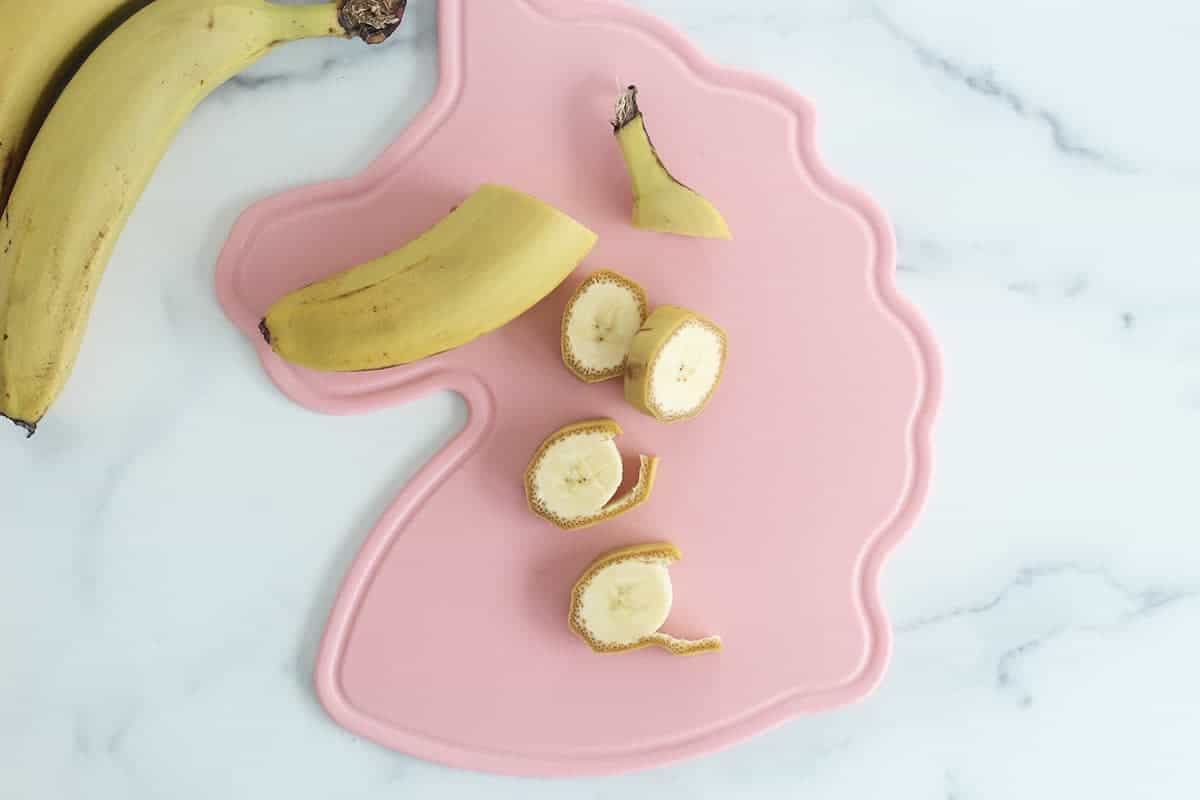
Bananas for 12+ Months
Over about a year of age, or when baby can take bites and manage larger pieces of food, you can serve bananas almost any way. We love to slice them with the peel on, then cut a little slit in the peel and let the kids peel them on their own.
That small amount of engagement with the food can really help a child become interested in it. Give them a place to put the peels, like a little bowl, too.
Frequently Asked Questions
A baby’s appetite should be trusted, so baby can have as much banana as you have to offer and they are interested in unless there is an adverse effect. Start with offering a smaller portion to avoid food waste and allow more as baby cues.
Bananas contain a type of carbohydrate that is a slow releasing starch. This means that the natural sugars are digested more slowly so it’s less likely to cause a sugar spike. It is an easy and affordable bedtime snack.
Unripe bananas can aggravate constipation. It is less of a concern with very ripe bananas, which are rich in soluble fiber. (Pair it with liquids or healthy fats to help it move through the system if you are at all concerned.)
Banana Recipes to Try

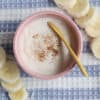
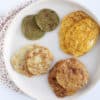
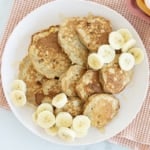
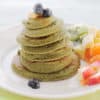
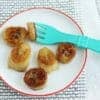
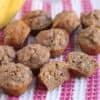

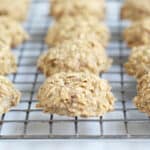
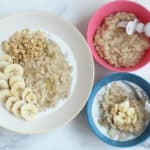
Best Tips for Success
- Follow baby’s lead when it comes to appetite.
- Avoid underripe bananas if concerned about constipation.
- Try Banana Puree, mashed bananas, or BLW-style bigger pieces of bananas for babies around age 6 months.
- Once a baby is about 9 months and can pick up small pieces of food, you can offer smaller pieces of banana.
- Banana pieces should be soft and ripe, rather than unripe and too hard.
- Try bananas in smoothies, oatmeal, yogurt, pancakes, and muffins.
- You may also like my Master List of Baby Food Recipes and store bananas in the freezer.
Related Recipes
I’d love to hear your feedback on this post, so please comment below to share!
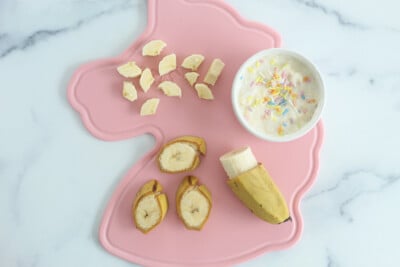
Bananas for Baby (Puree, BLW, Finger Food)
Ingredients
- 1 banana (choose a ripe banana with some brown spots for best flavor)
Instructions
Banana Puree
- Peel the banana. Slice and measure out about 1 cup. Add to a blender. Blend until very smooth, stopping to scrape down the sides as needed. Add a tiny pinch of cinnamon if desired. Serve immediately.
BLW Banana
- Wash and dry the banana. Cut it in half, then remove about 1 inch of the peel so baby has plenty of the fruit to try. It won't be slippery since they can hold the peel.
Banana Finger Food
- Peel and slice the banana. Break each slice into three segments by pushing slightly on the middle of the slice. This is usually less slippery than dicing up.
Banana Slices for Toddlers
- Peel and slice the banana. Cut a slit in the side of each slice and let your toddler finish peeling.
Banana Smoothie
- Add 1 ripe frozen banana to a blender with 1 cup milk. (Use nondairy milk for babies under age 12 months.) Add 1 teaspoon hemp seeds and a small handful of spinach if desired. Blend well. Serve in a straw cup or a reusable pouch.
Banana Milk
- Add 1 ripe banana to a blender with 1 cup milk. (Use nondairy milk for babies under 12 months.) Blend well and serve in a straw cup or a reusable pouch.
Notes
- Follow baby’s lead when it comes to appetite.
- Avoid underripe bananas if concerned about constipation.
- Try Banana Puree, mashed bananas, or BLW-style bigger pieces of bananas for babies around age 6 months.
- Once a baby is about 9 months and can pick up small pieces of food, you can offer smaller pieces of banana.
- Banana pieces should be soft and ripe, rather than unripe and too hard.
- Try bananas in smoothies, oatmeal, yogurt, pancakes, and muffins.
Nutrition
This post was first published February 2022.
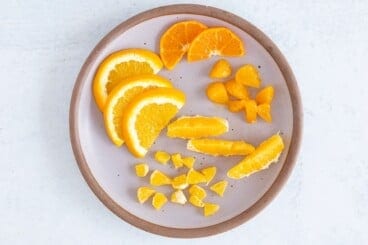
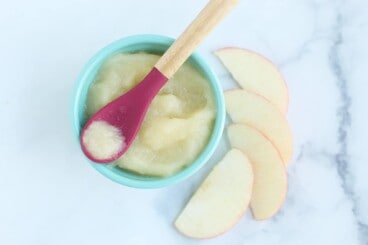
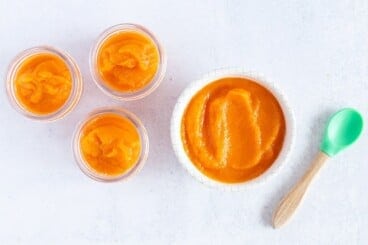
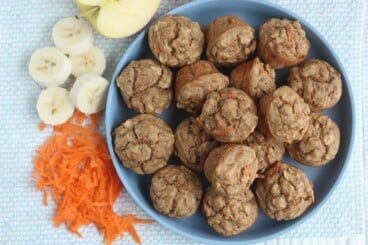
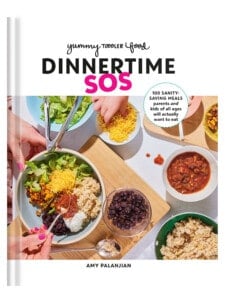
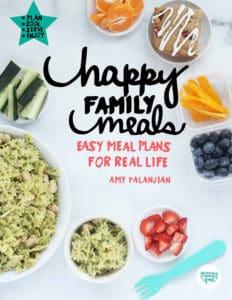
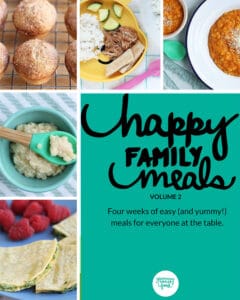
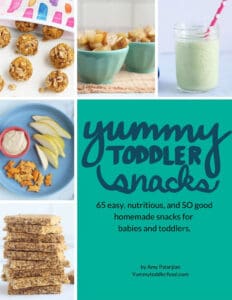




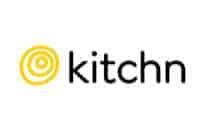
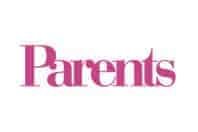



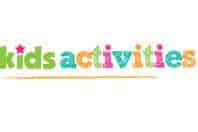
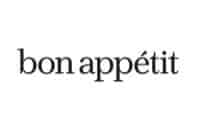
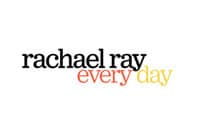


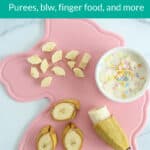
All comments are subject to our Terms of Use.